What Are Decomposing Animals?
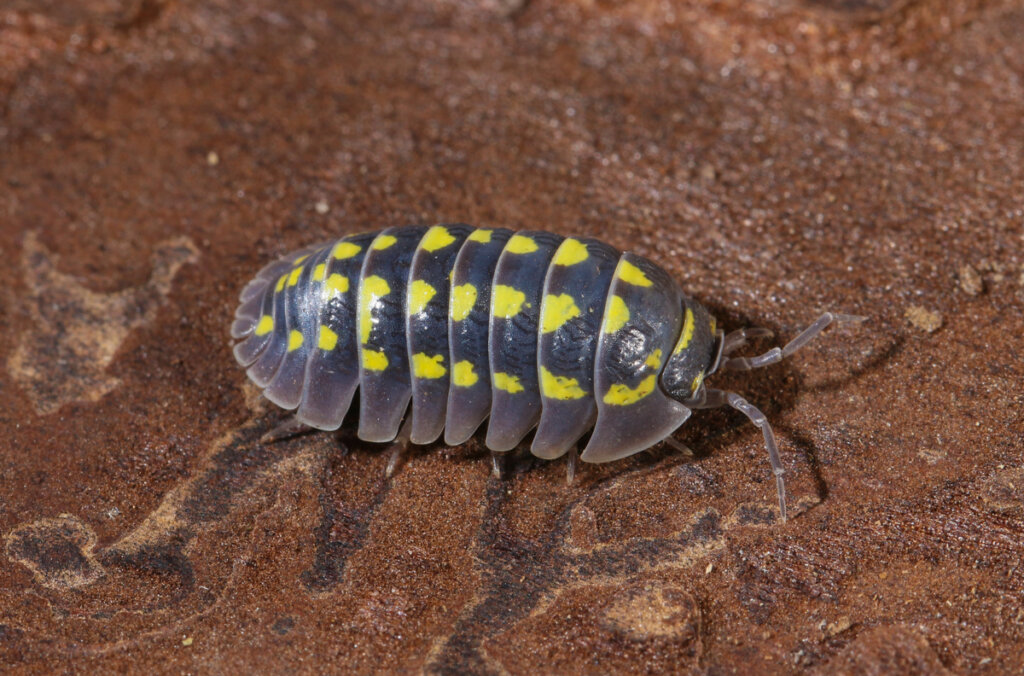
There are an estimated 8.7 million species of living things on planet Earth. This means that there are still 86% of living taxa that still need to be described in the terrestrial environment, a figure that increases to 91% in the aquatic environment. However, what we are clear about is that every member of an ecosystem is essential. From decomposing animals to super-predators, each living being performs a task.
As Antoine Lavoisier pointed out in his day, ‘energy is neither created nor destroyed, it only transforms. This applies to experiments in physics and chemistry, but also to food chains in natural ecosystems.
Every living being that dies is reintegrated into the organic matter cycle, because, in nature, nothing is wasted. Discover with us what role decomposing animals have in all this.
What are decomposing animals?
Decomposition is a process that takes place in any environment where there is living matter. In these reactions, organic tissues are transformed into simpler compounds, such as carbon dioxide, water, simple sugars, and mineral salts. This is an essential part of the nutrient cycle, since, thanks to it, dead animal matter begins to form part of the soil compost.
Decomposing animals are those that feed on decomposing organic matter, as their name indicates. Like herbivores and carnivores, they’re heterotrophic beings, as they use organic substrates to obtain energy at a cellular level. However, they differ from the rest in that their ecological niche is the soil, where dead tissues abound.
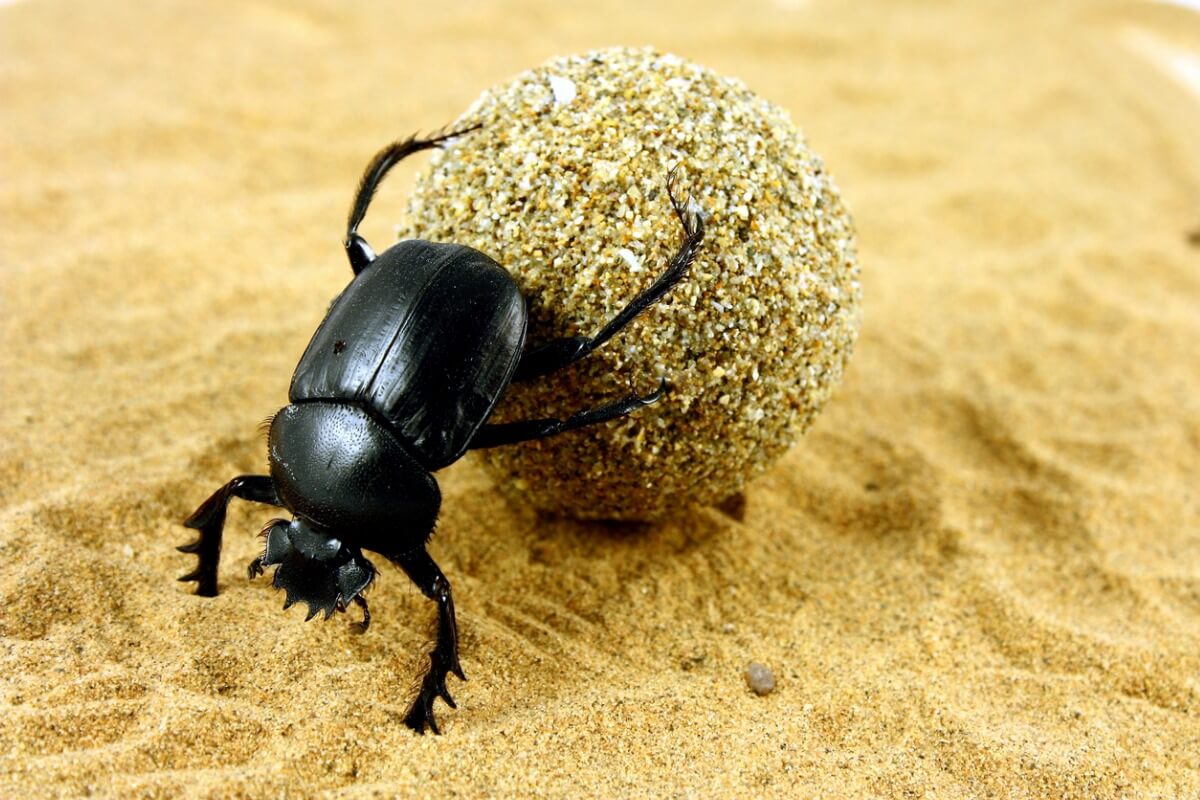
Types of decomposing animals
In its strictest sense, decomposing animals are only those that obtain nutrients from the soil directly, through chemical reactions. However, for informative purposes, we’ll also list those that ingest dead matter and then metabolize it, such as detritivores, xylophages, and others. Don’t miss it!
Scavengers
These animals handle and consume very large amounts of dead food. They’re the first step for the dead matter to begin to decompose, as they mechanically tear the tissues of dead beings and allow other species to access the interior of the corpse.
Scavengers are animals that feed on the carcasses of prey that they haven’t hunted. Some of the best known are the following:
- Vultures: These are among the first to reach a corpse once the predator abandons its prey. The mechanical action carried out by these birds is essential, as they open the access route to many other species of decomposers, generally by opening up the wounds from the natural holes in the victim’s body.
- Hyenas: Hyenas are feliform mammals that are associated with the consumption of dead matter, although some species are capable of hunting other mammals.
- Raccoons: Raccoons eat almost any organic compound that they can put in their mouth, including dead matter.
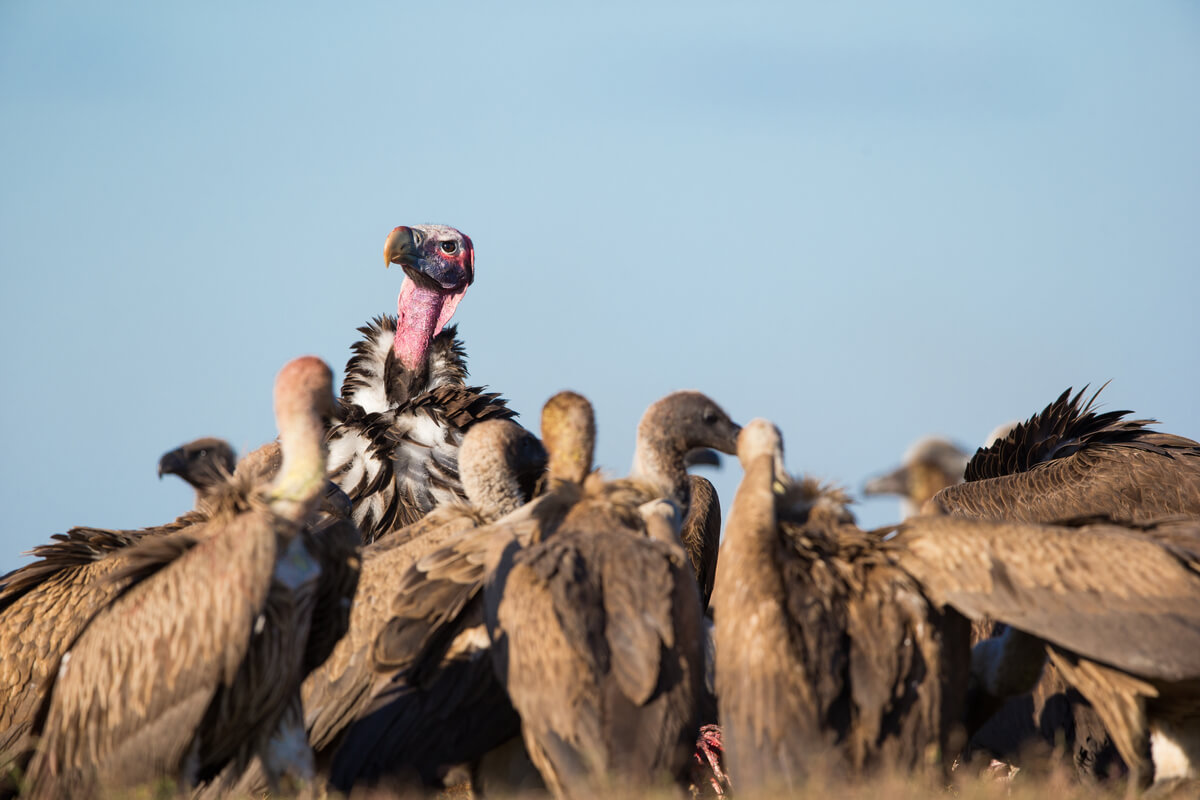
Necrophages
Although many use the terms necrophage and scavenger interchangeably – and this is correct – necrophagy is sometimes associated with smaller animals, feeding on dead organic matter on a smaller scale. We’ll mention some of them now:
- Diptera: The flies of the Sarcophagidae family have specialized in exploiting dead matter, as their larvae develop in decomposing bodies and manure. If you ever see rotten meat with whitish worms inside it, they’re sure to belong to this group.
- Coleoptera: Sylphid beetles are a family of coleopterans that include more than 300 species, almost all of them necrophages.
- Hymenopterans: The larvae of wasps and ants usually feed on organic matter, hence these animals are often seen in the environment of dead bodies and pieces of wasted food.
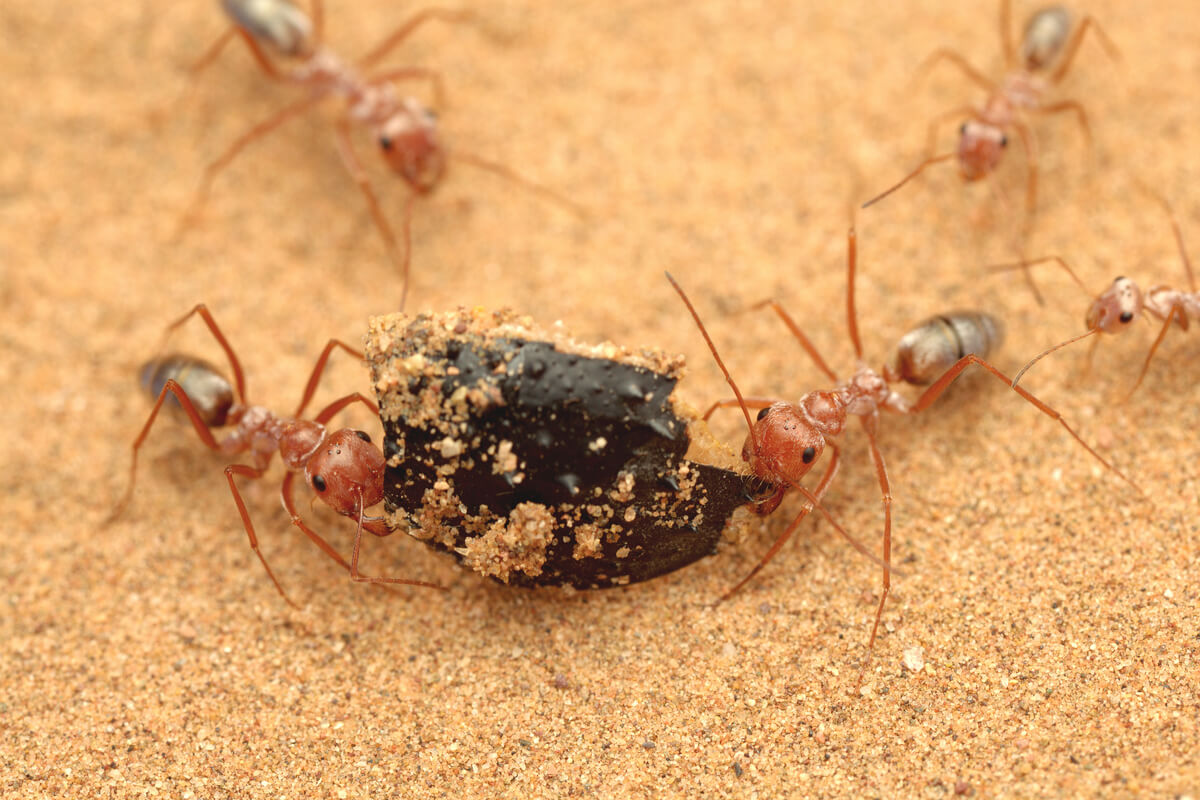
Detritivore organisms
Although they can’t be considered as strict decomposers either, detritivore organisms are the ones that come closest to this meaning. These animals obtain energy from debris and decomposing organic matter present in the environment. They’re the last step between the macroscopic and the microscopic worlds, breaking up matter enough for bacteria and fungi to use it.
Here is a list of the most well-known detritivores:
- Oniscids: Commonly known as “mealybugs”, oniscids are isopod crustaceans that are responsible for eating decomposing organic matter in the terrestrial environment. They tend to live in humid areas and away from light, and have a predilection for dry leaves and other dead plant matter.
- Gastropods: Land slugs and many species of snails also eat everything in their path, which also includes decomposing dead matter.
- Asteroids and Holothuroids: The seas also require detritivores to recycle decaying organic matter. Starfish and sea cucumbers take care of it.
- Annelids: Earthworms and some aquatic polychaetes are strict detritivores, as they feed on the carbon present in soils. In addition, with their underground activity, they aerate the soils, which favors the growth of various plant species.
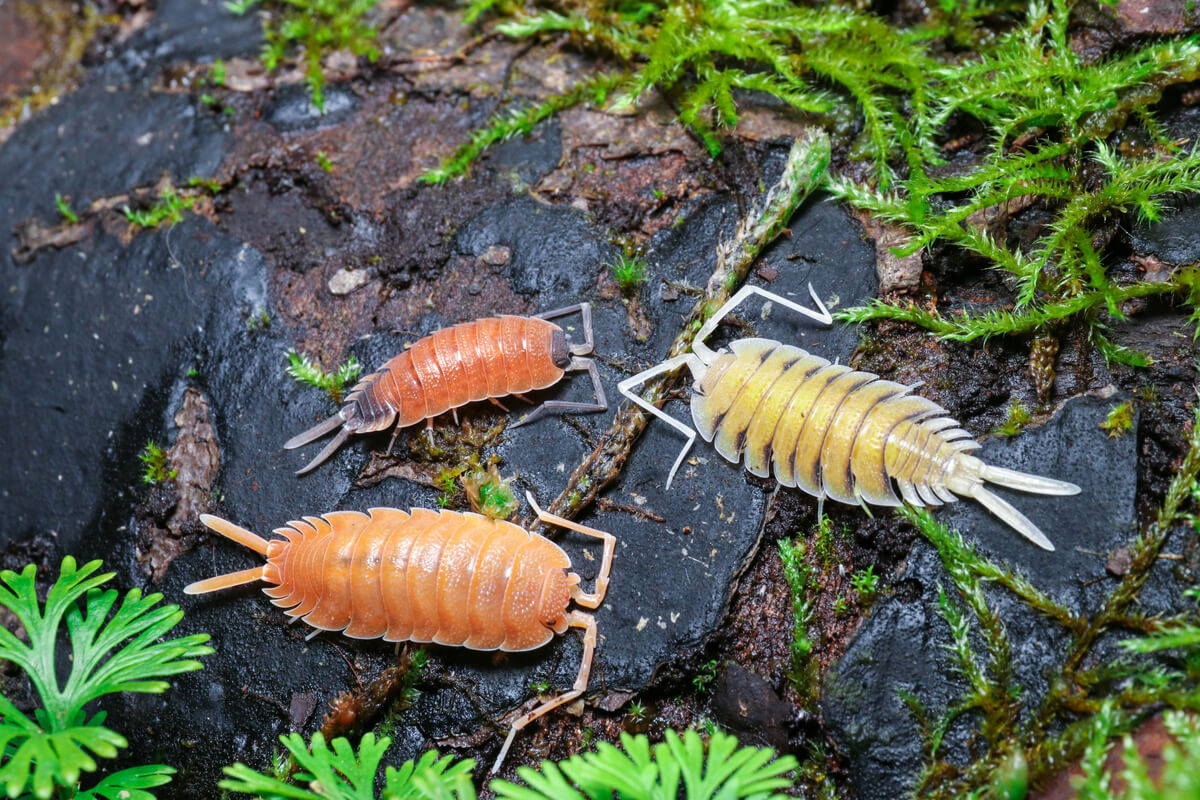
Xylophagous organisms
Xylophagous animals could be included within the group of detritivores, but their highly specialized diet puts them in a category of their own. These living beings specialize in the consumption of wood, whether this is part of a living or decomposing plant. Without a doubt, the clearest example in this category is termites (Isoptera).
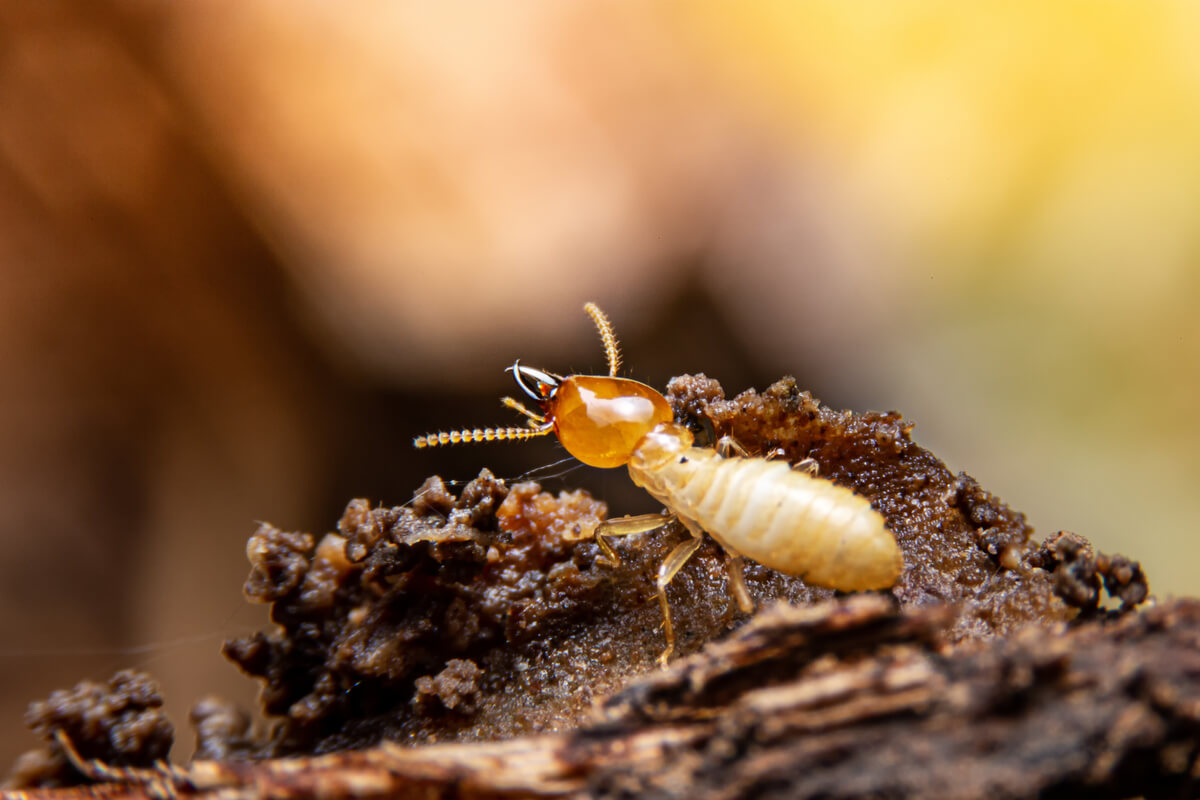
Dung organisms
A dung animal is one that feeds exclusively – or almost exclusively – on the excrement of other animals. Although some living beings, such as rabbits, ingest their own excrement to reuse nutrients, their main source of food is vegetables, so they can’t be considered dung organisms as such. The same goes for many species of primates or dogs.
Strict dung organisms are invertebrates. Among them, the dung beetles stand out, which break up ruminant feces and carry them in a ball to their nests, where they feed their larvae. Sometimes, some species of coleopterans form their galleries just below the dung, thus saving the effort of transportation.
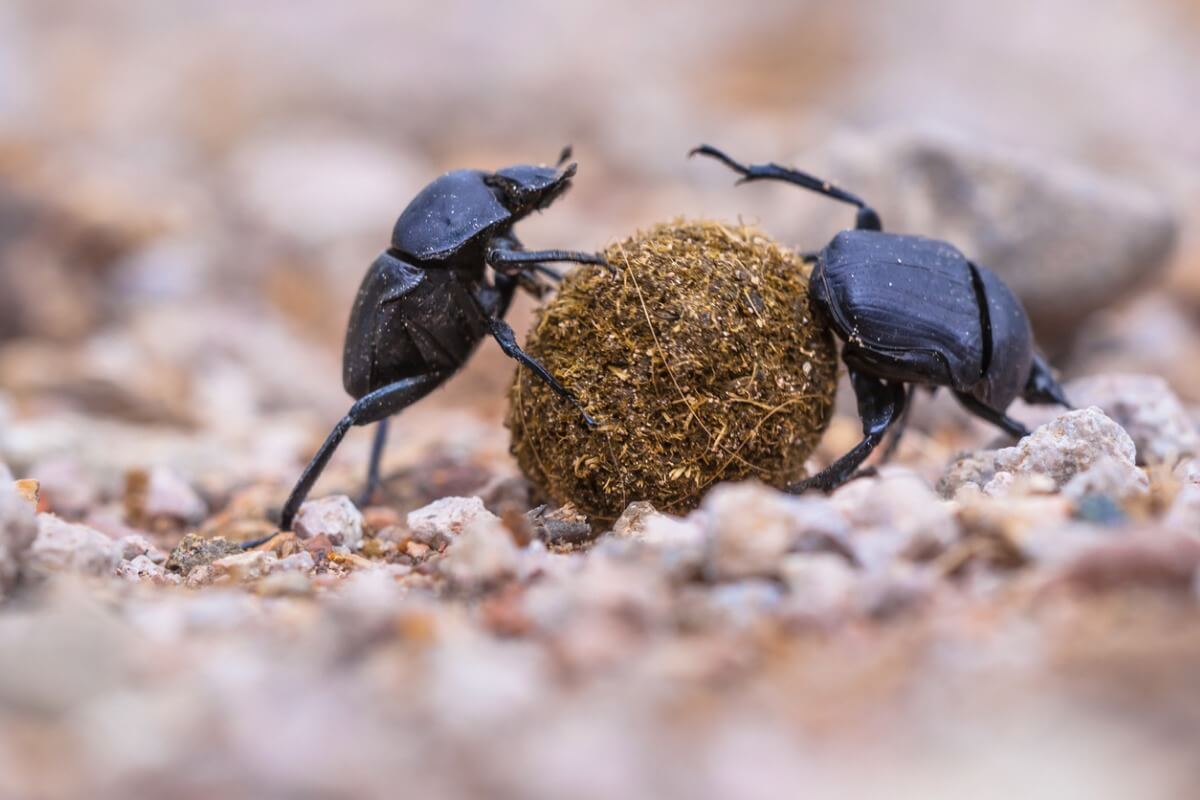
Strict decomposing organisms
Among the strict decomposers we find fungi and bacteria, as these organisms obtain organic nutrients from the soil directly, without the need to ingest or digest them. All the animals that have been named so far break down organic matter enough for these groups to be able to act on it.
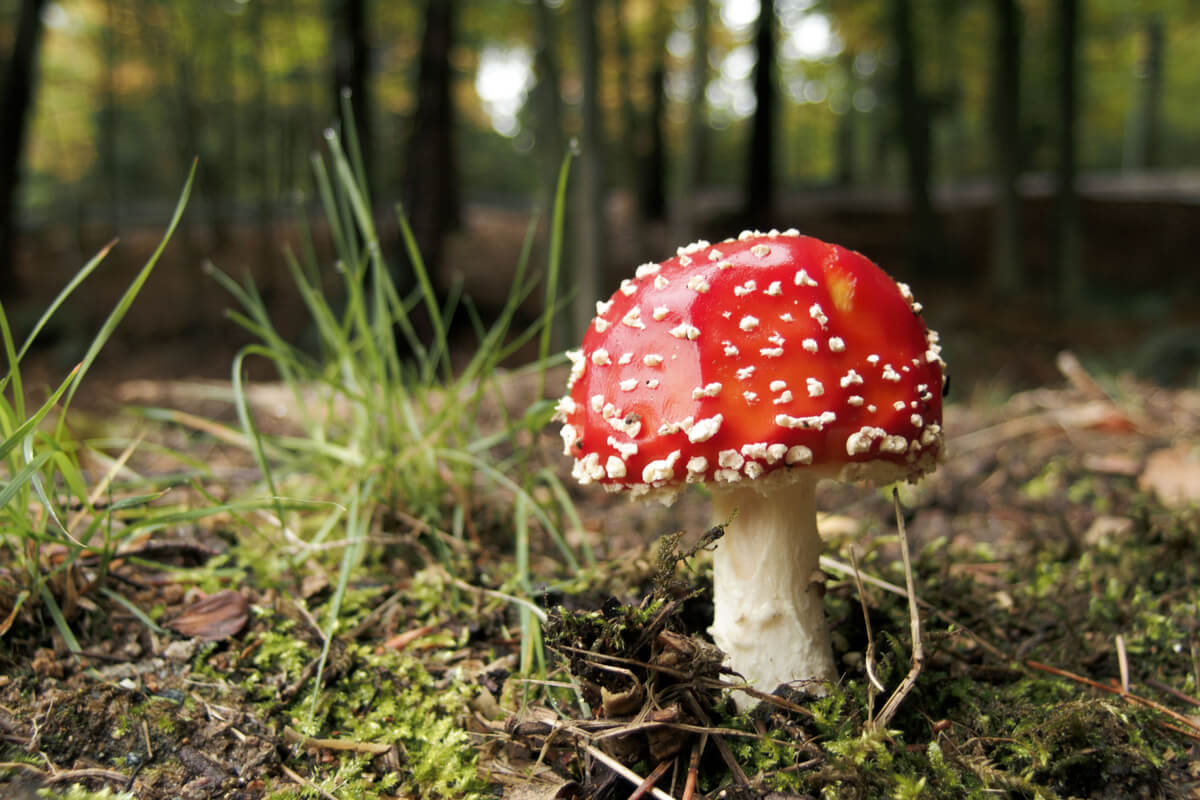
As you can see, there are many decomposing animals, specialized in different niches and types of specific organic matter. However, it should be noted that, if we refer to “common decomposers”, we could only mention fungi and bacteria.
All cited sources were thoroughly reviewed by our team to ensure their quality, reliability, currency, and validity. The bibliography of this article was considered reliable and of academic or scientific accuracy.
- Los Sarcophagidae (Insecta, Diptera) de un ecosistema cadavérico en el sureste de la Península Ibérica, Universidad de Murcia. Recogido a 13 de junio en https://www.um.es/analesdebiologia/numeros/25/PDF/06-LOS%20SARCOPHAGIDAE.pdf
- Friberg, N., & Jacobsen, D. (1994). Feeding plasticity of two detritivore‐shredders. Freshwater Biology, 32(1), 133-142.
- Flecker, A. S. (1996). Ecosystem engineering by a dominant detritivore in a diverse tropical stream. Ecology, 77(6), 1845-1854.
- Yang, L. H. (2006). Interactions between a detrital resource pulse and a detritivore community. Oecologia, 147(3), 522-532.
- Scheu, S., Theenhaus, A., & Jones, T. H. (1999). Links between the detritivore and the herbivore system: effects of earthworms and Collembola on plant growth and aphid development. Oecologia, 119(4), 541-551.
- Boyero, L., Pearson, R. G., Dudgeon, D., Ferreira, V., Graça, M. A., Gessner, M. O., … & Barmuta, L. A. (2012). Global patterns of stream detritivore distribution: implications for biodiversity loss in changing climates. Global Ecology and Biogeography, 21(2), 134-141.
